MALE PATTERN HAIR LOSS
Hair loss in men is common, with one in three men developing baldness between the ages of 20 and 50. Common problems include receding frontal hairline and temples, thinning, thinning hair and balding on top of the head.

CAUSES OF MALE PATTERN HAIR LOSS
Hair loss in men can be caused by many factors, but it is usually caused by a combination of hereditary causes, ageing and hormonal changes. The most common causes of hair loss in men are hereditary baldness, hair loss due to overexposure and regional hair thinning.
Is hair loss hereditary or not?
Hereditary hair loss (androgenetic alopecia) is the most common cause of hair loss in men. Hereditary hair loss involves a genetically determined sensitivity of the hair follicles to the hormone DHT, resulting in the hair growth cycle becoming progressively shorter and eventually stopping altogether. This process can begin as early as puberty.
Other causes of hair loss
Androgenetic alopecia is not a disease or disorder, but a phenomenon of aging that is largely a genetic issue. If hereditary hair loss is not the cause, then hair loss can have many other causes, for example a hair disease such as alopecia gyrus. Hair can also fall out due to medication, mental overstrain, hormonal imbalances (without a hereditary predisposition) and external influences such as certain lifestyles.
Before starting any treatment, a diagnosis by a specialist is necessary.
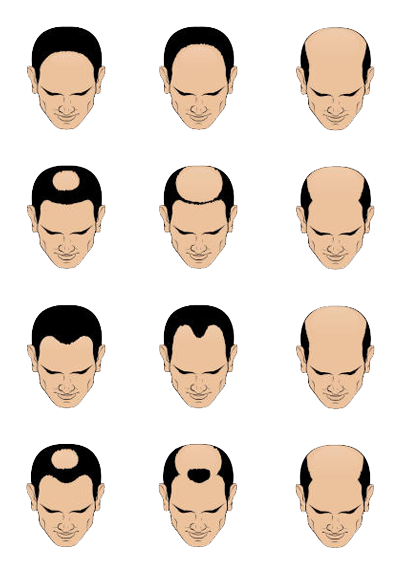
Types of hair loss
Characteristics of androgenetic alopecia
Androgenetic alopecia progresses with a specific, characteristic clinical picture, which can easily be diagnosed by a professional. In men, it can be recognized by a receding frontal hairline, thinning at the temples and a balding top. A characteristic of hereditary male pattern baldness is that the hair on either side and at the back of the head (the “crown”) does not fall out. This is because the hair follicles are not sensitive to DHT.
Hair that has fallen out does not grow back
Another characteristic is the thinning of the hair: in each growth cycle the hair becomes thinner and thinner. It is the last stage before the hair falls out permanently and does not grow back. This process is irreversible. Treatment of hereditary male pattern baldness is possible with the HST method.

Events & numbers
The impact of baldness
In addition to hereditary baldness, diseases, stress, drug use and hormonal imbalances are common causes of hair loss. Hair loss that does not have a genetic cause is often temporary. Once the cause of hair loss is treated, hair growth usually recovers. Hereditary baldness, on the other hand, is permanent. Once the hairs fall out, they don’t come back on their own.
Is it temporary or permanent?
In addition to hereditary baldness, diseases, stress, drug use and hormonal fluctuations are common causes of hair loss. Hair loss that does not have a genetic cause is often temporary. Once the cause of hair loss is removed, hair growth usually recovers. Hereditary baldness, on the other hand, is permanent. Once the hairs fall out, they do not come back on their own.

Hair loss - what is considered normal?
Hair growth occurs in three phases: the regeneration/growth phase, or anagen phase, the catagen phase and the telogen phase. At least 85% of our hair is in the growth phase. The remaining 15% of hair in the next two phases. Due to this normal progression we temporarily lose 50-100 hairs daily. We call this normal transient hair loss. You don’t notice and see normal daily hair loss because it happens scattered on the head and not locally and, mainly, during washing and combing.
Hair loss by age category
| <30 years old: | 50 hairs per day |
| <50 ετών:{{{wpml_tag_10}}} {{{wpml_tag_11}}}80 τρίχες ανά ημέρα{{{wpml_tag_12}}} {{{wpml_tag_13}}} {{{wpml_tag_14}}} {{{wpml_tag_15}}}>50 years old: | 100 hairs per day |
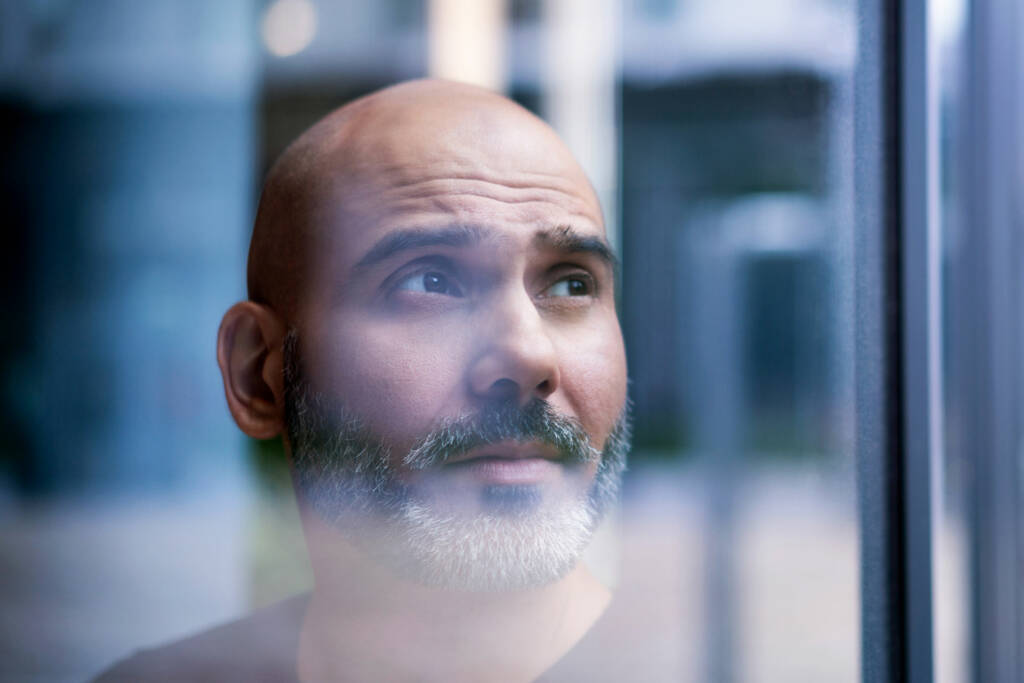
Baldness is a serious problem.
Are there psychological effects of baldness? Yes, there are. When you experience alopecia (baldness), your appearance is suddenly determined by circumstances beyond your control. As an experience, it is not comparable to other diseases: it is not life-threatening, nor do you feel sick But your appearance changes involuntarily and dramatically. And this can cause a lot of insecurity, especially at a young age. So it is a serious problem that needs to be taken seriously.
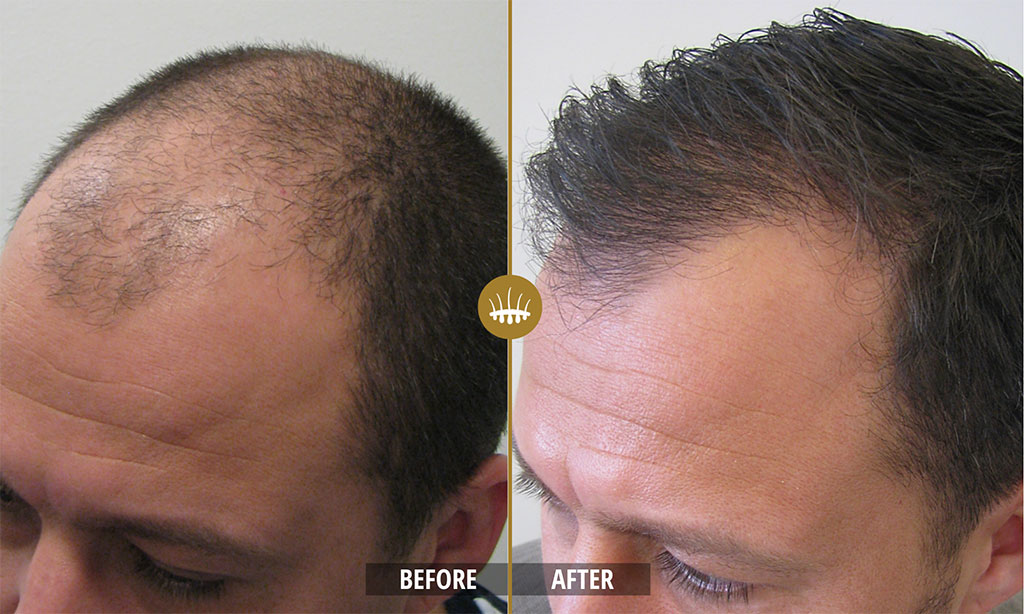

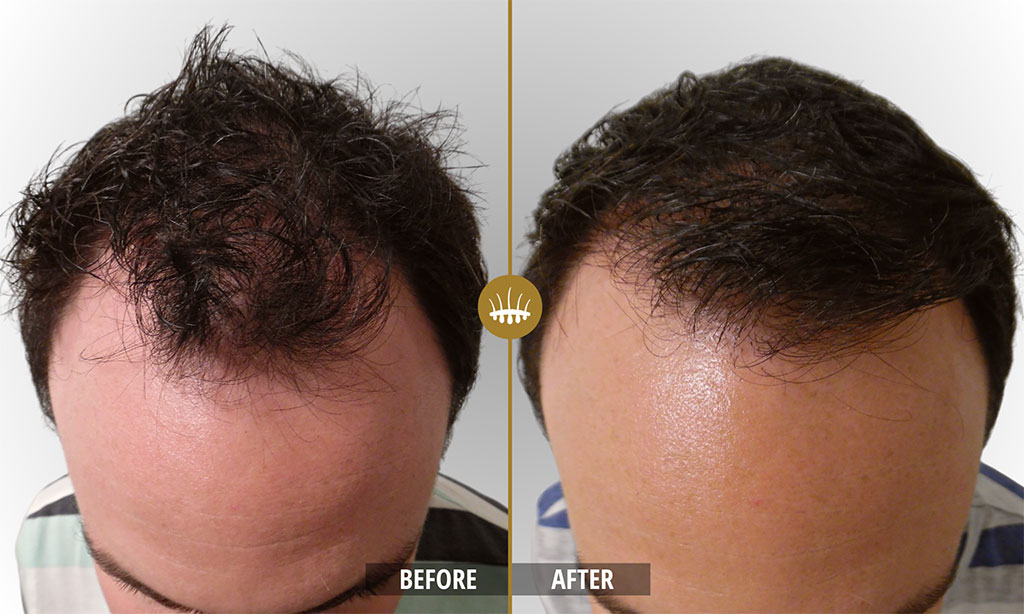
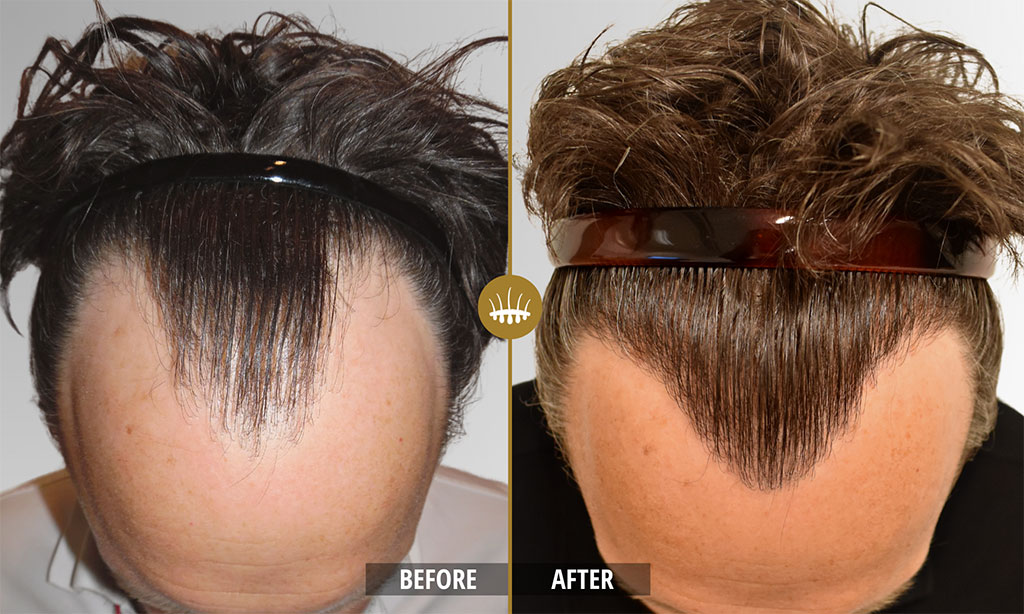
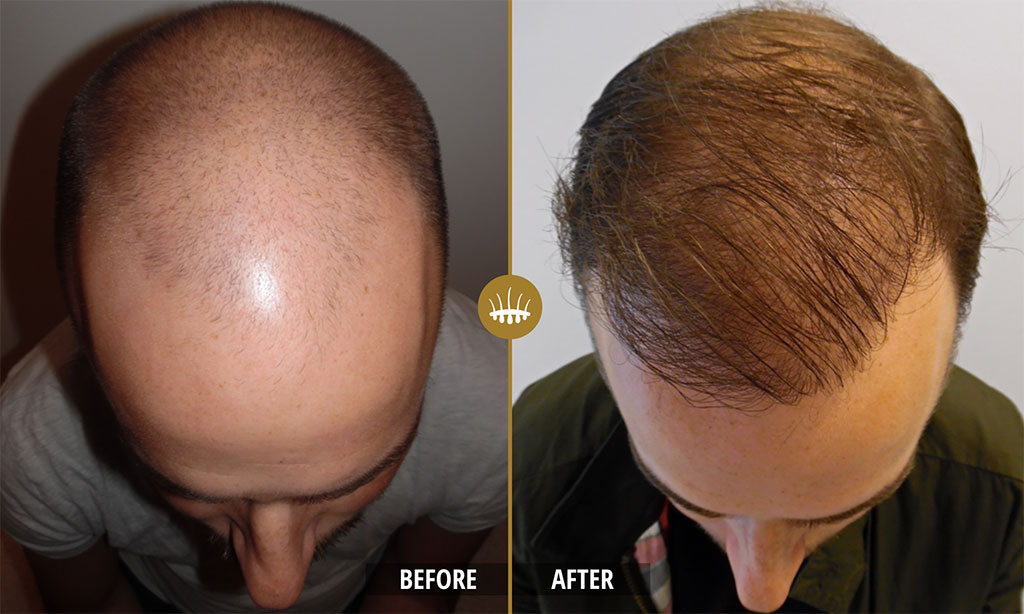

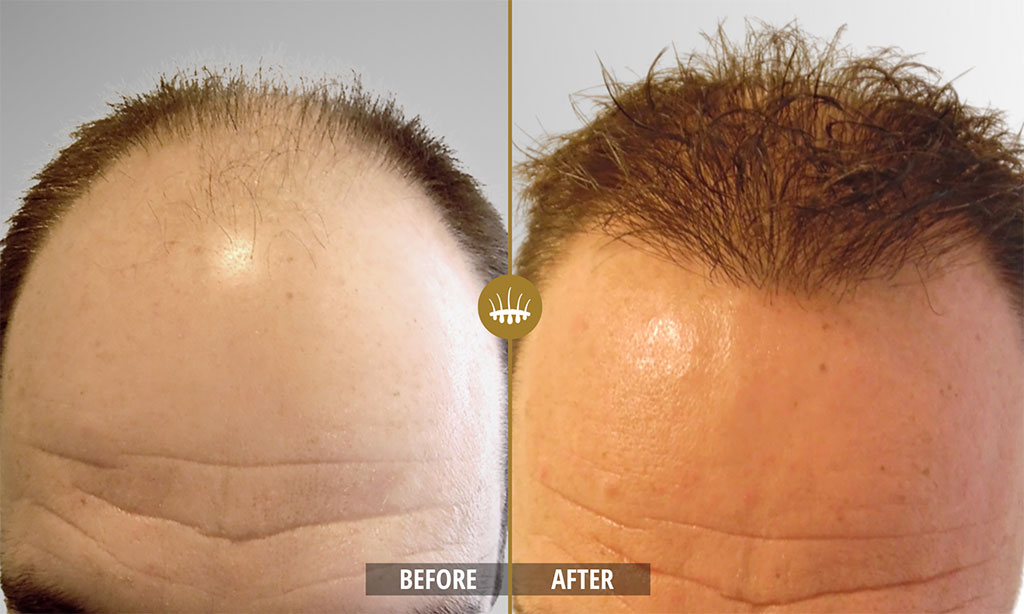
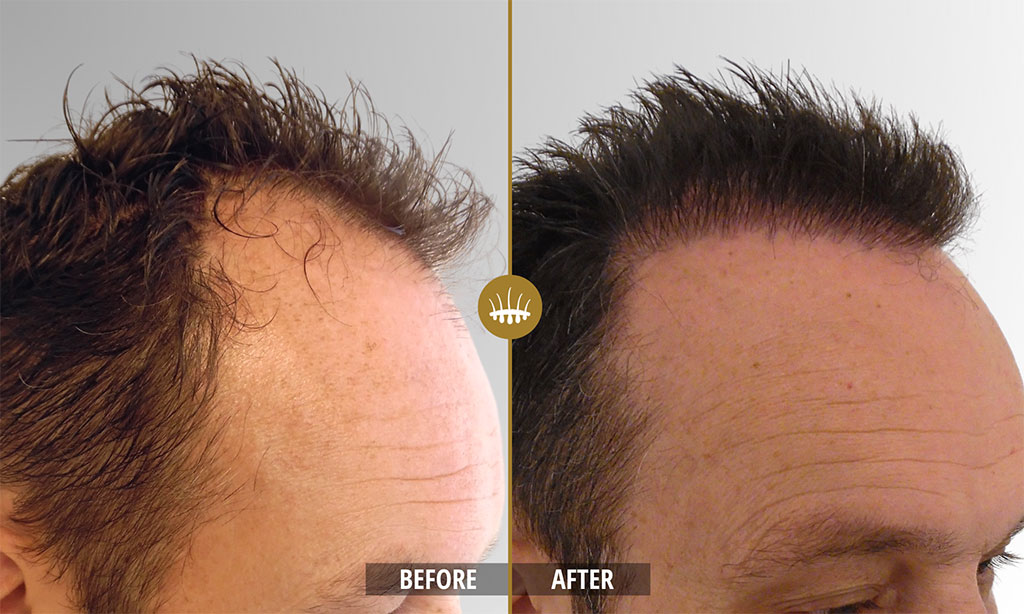
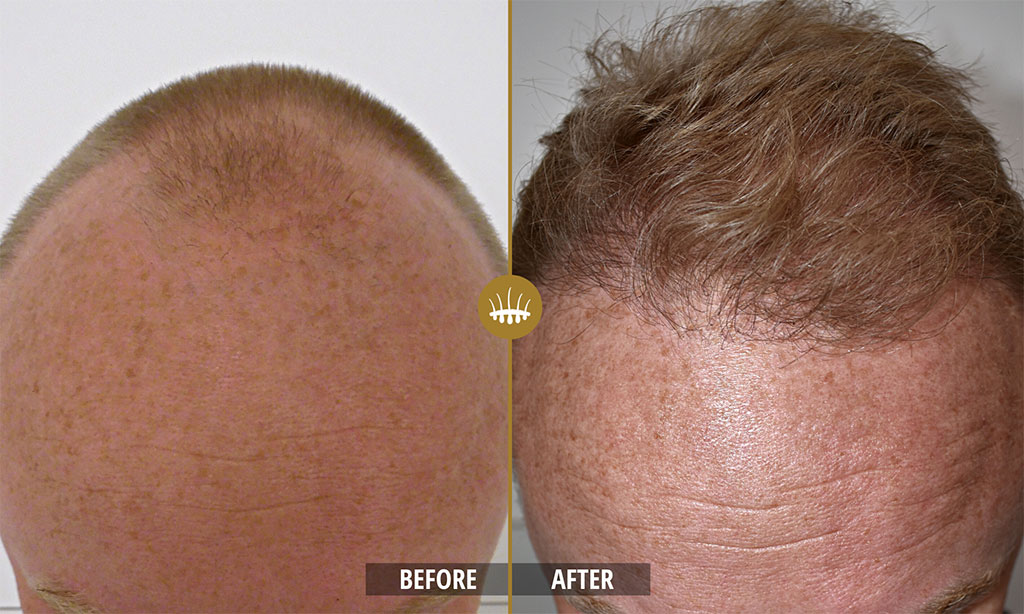

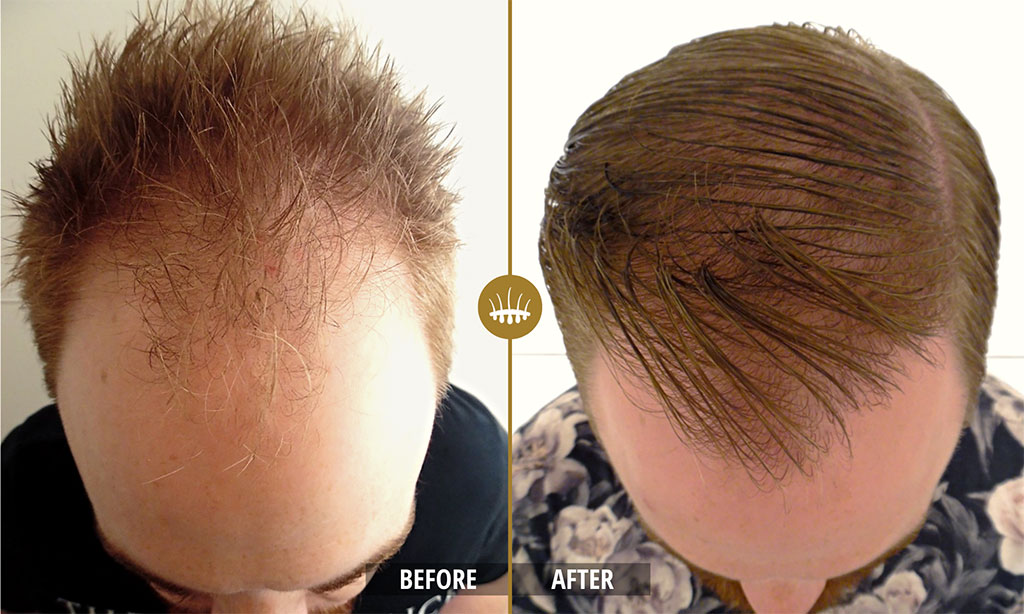

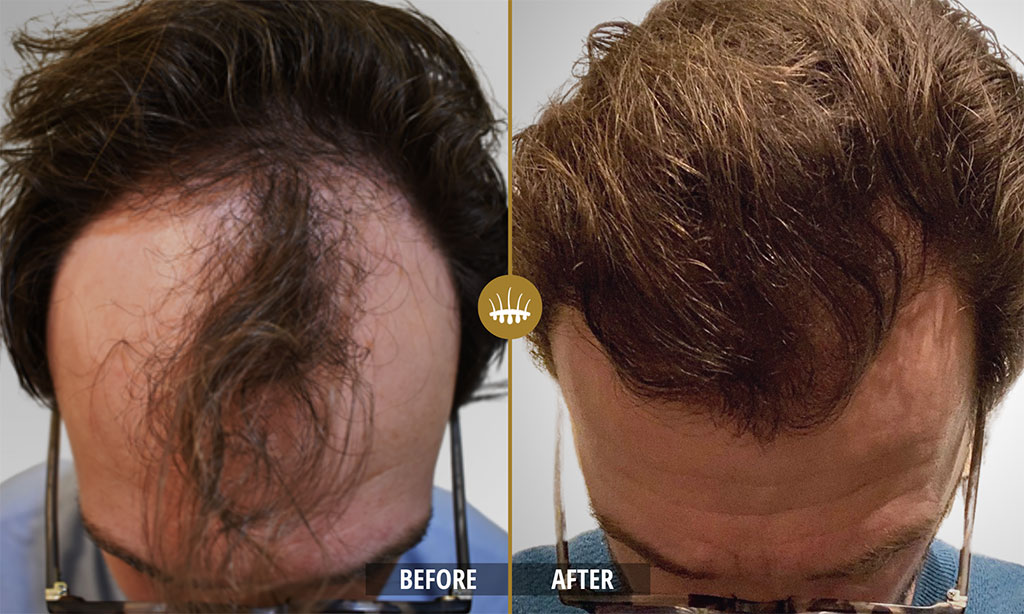
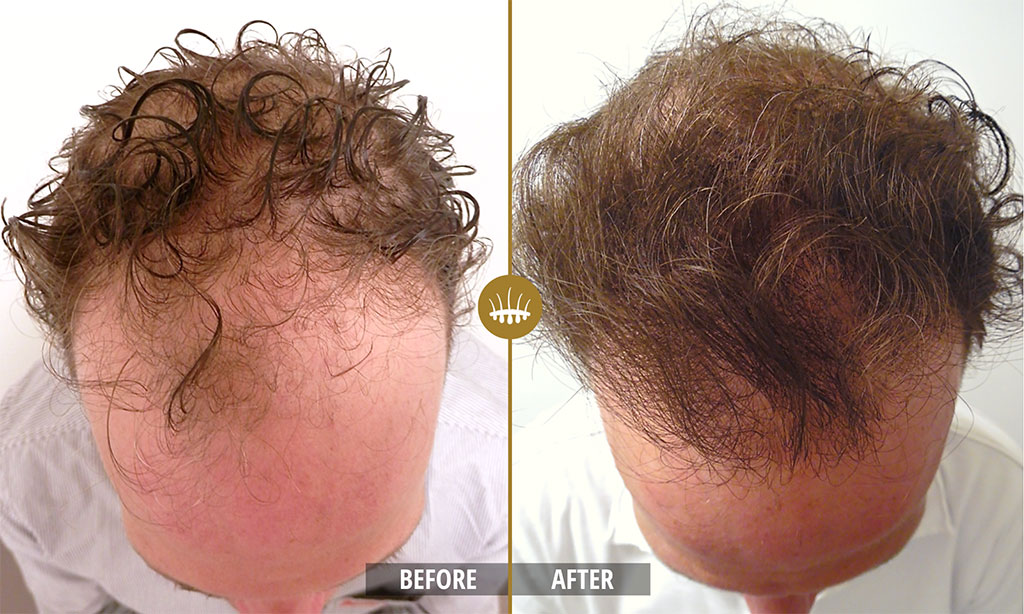
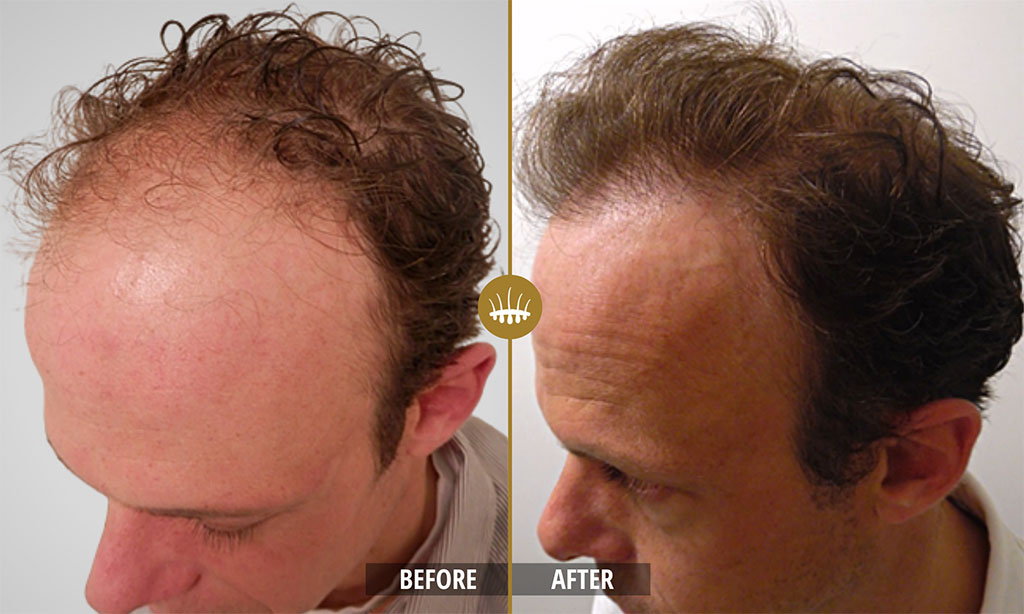
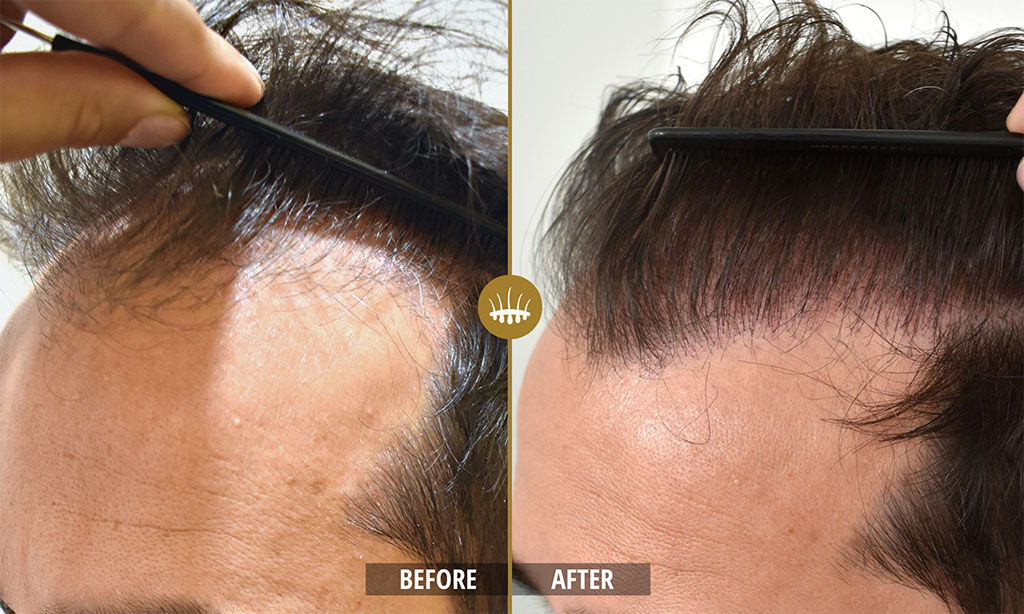
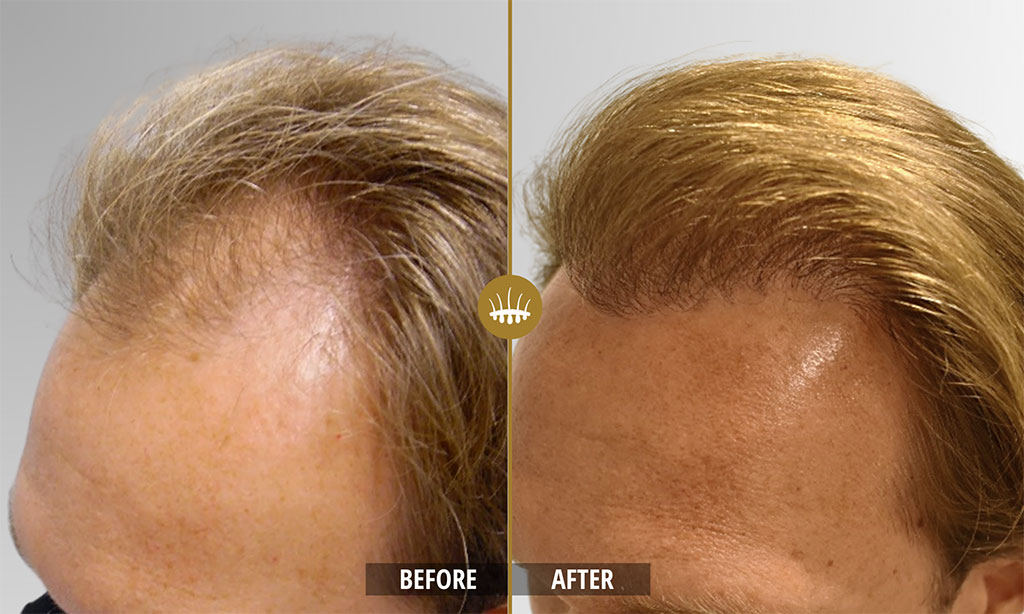
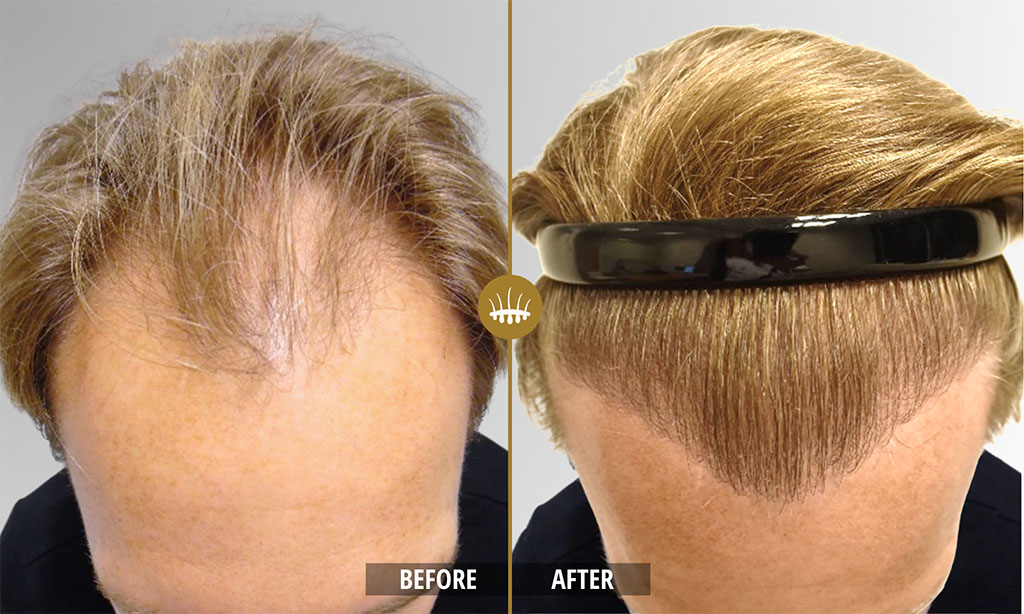
Rattlesnakes
Thinning at the temples and receding hairline are characteristics of hereditary baldness (androgenetic alopecia). This form of baldness develops into a consistent, recognizable pattern that can be easily diagnosed by a professional. In men, it can be recognized by a receding hairline, thinning at the temples and a balding crown. A typical feature of hereditary male pattern baldness is that the hair on either side and at the back of the head (the Hippocratic crown) does not fall out. This is because they are not sensitive to the hormone DHT, which causes hereditary baldness.
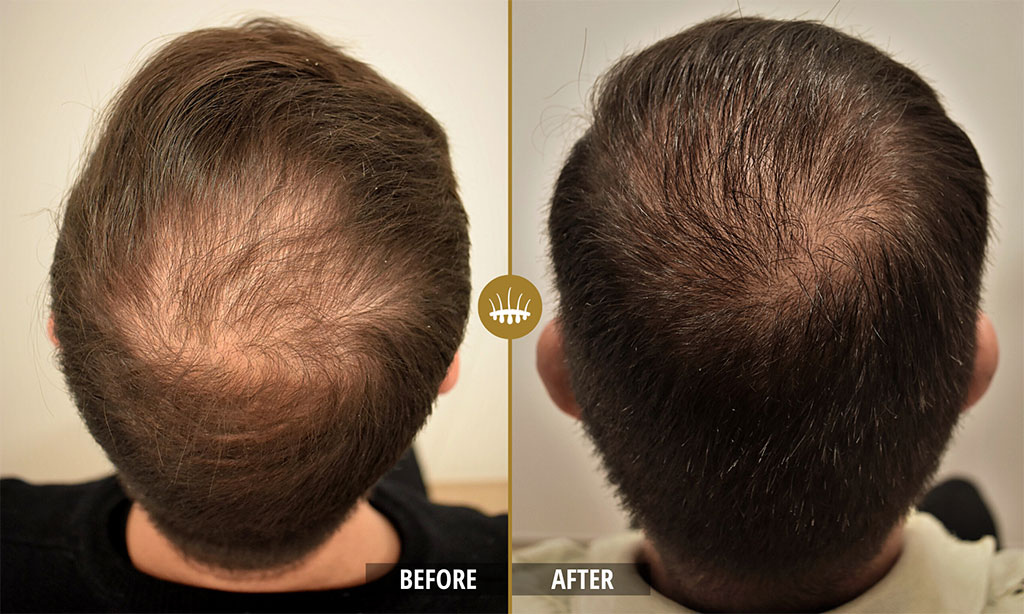
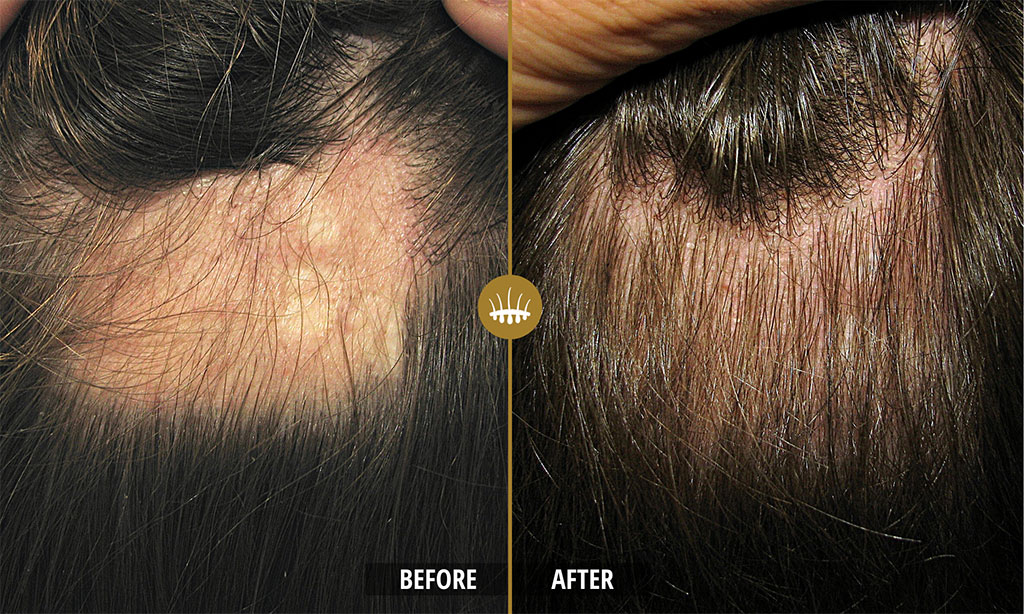
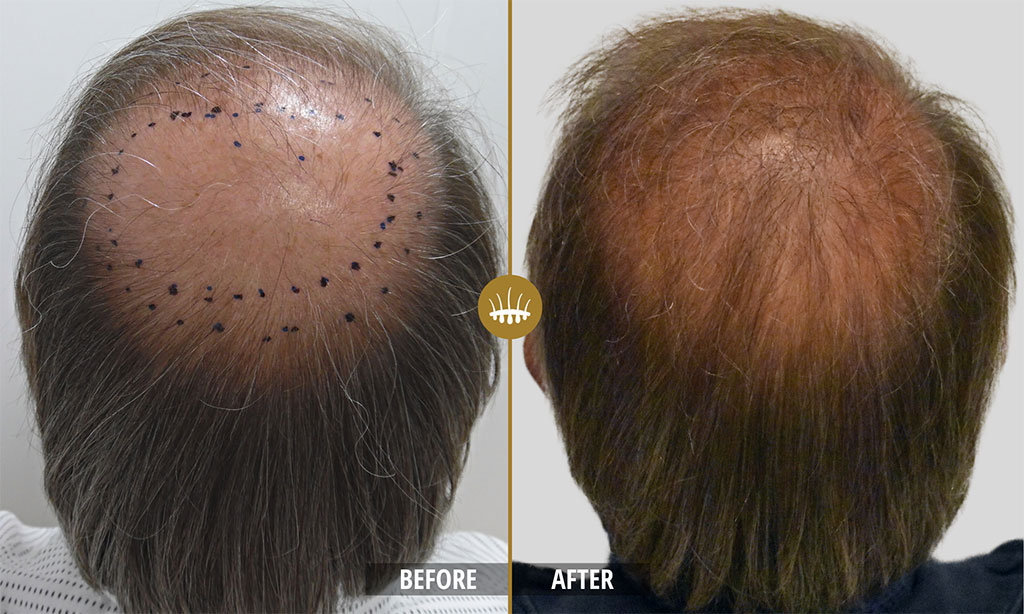
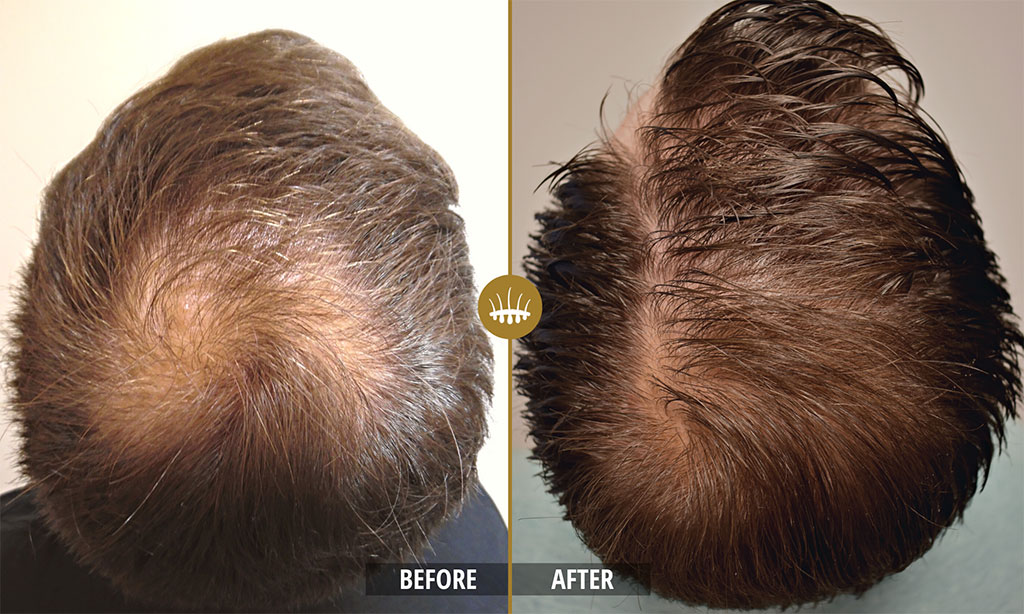
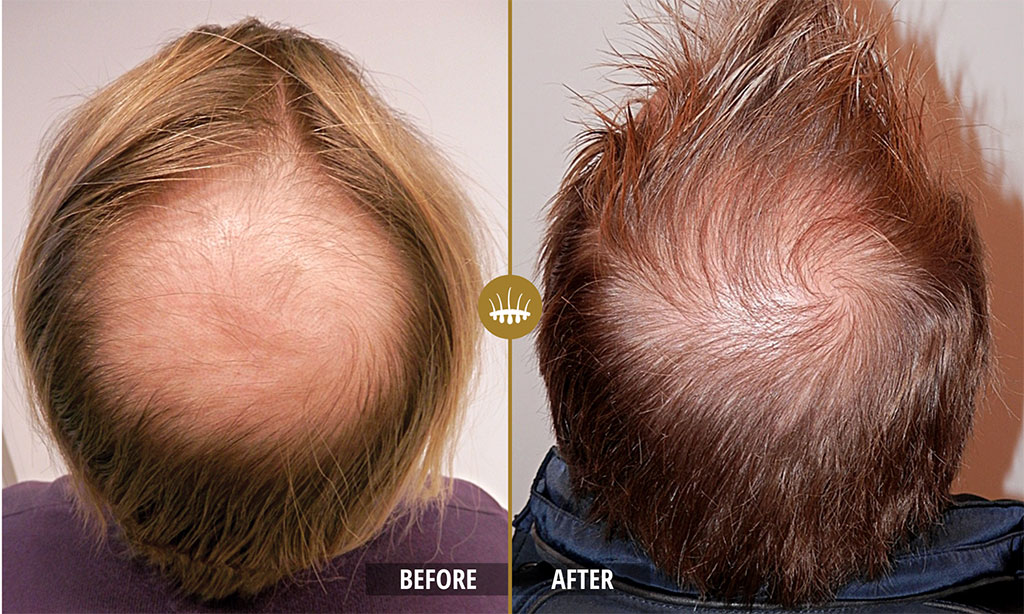
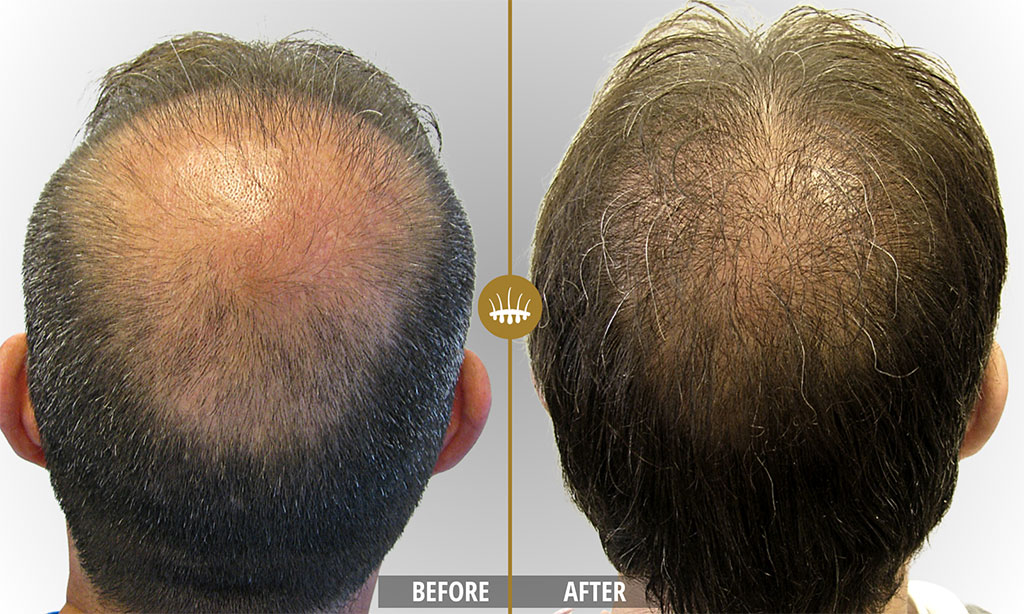

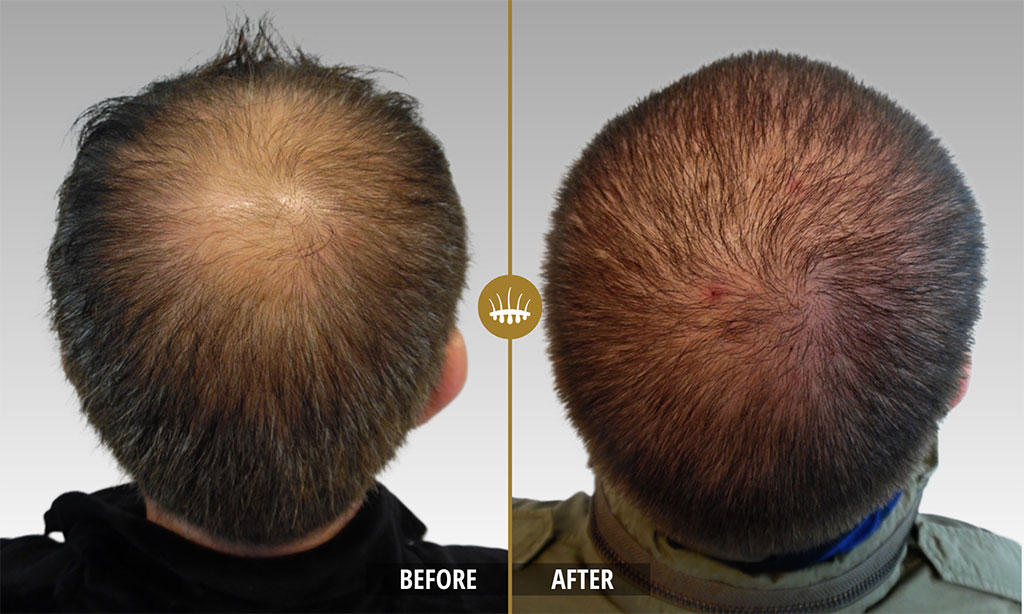
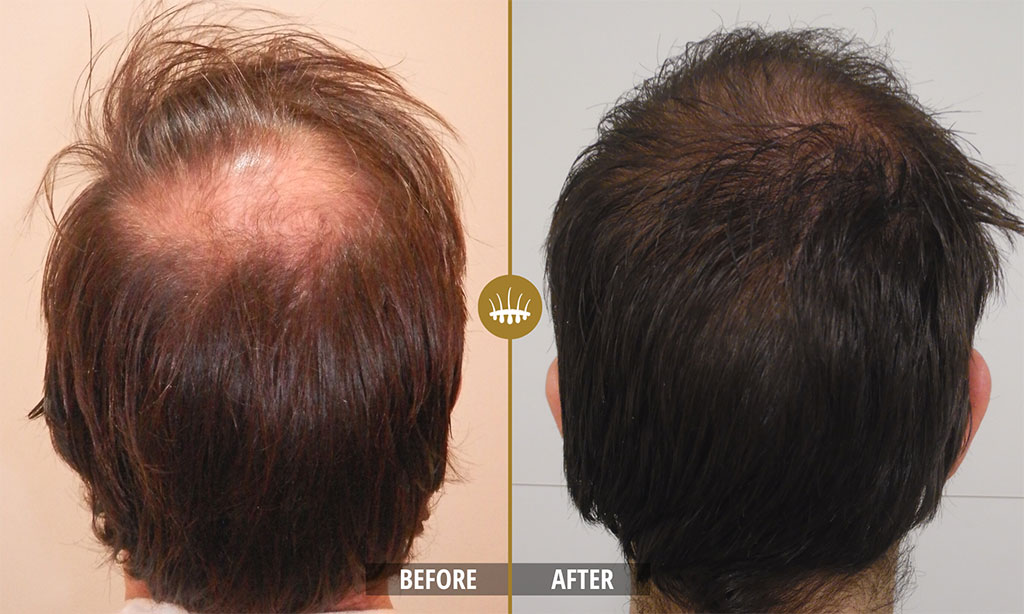
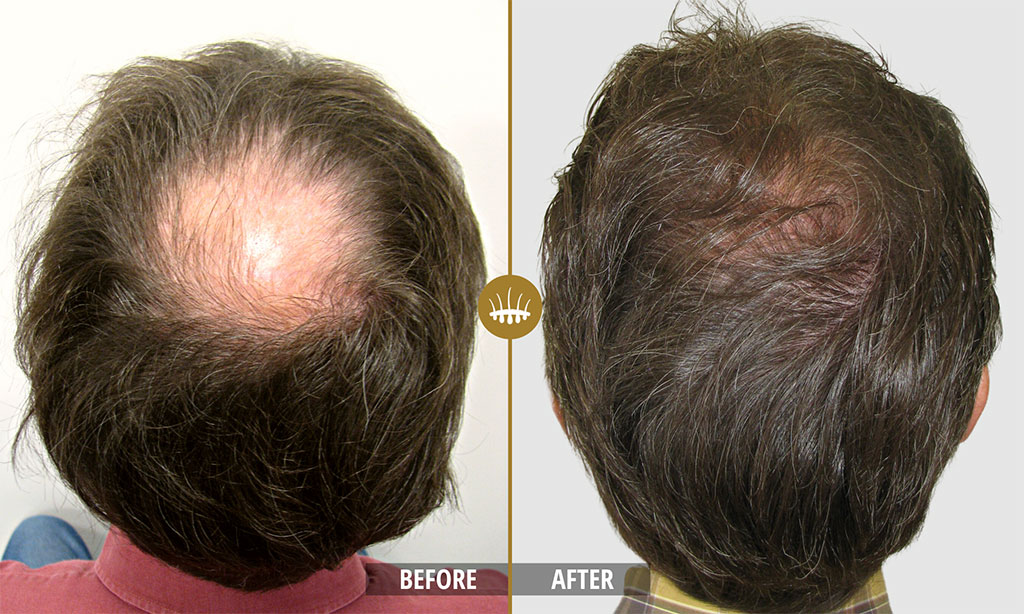
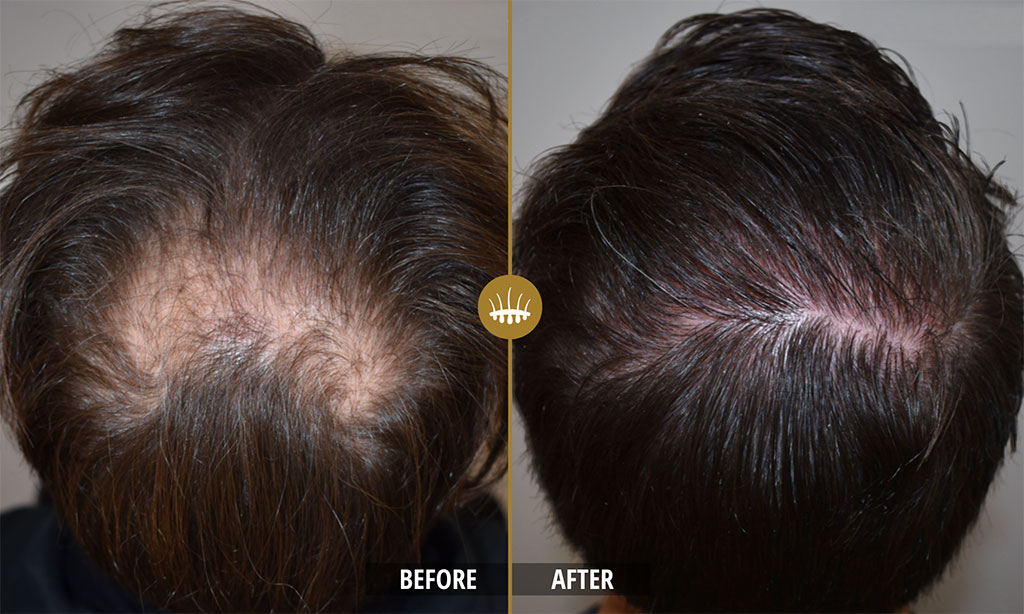
hair top
Thinning hair at the top of the head also indicates androgenetic alopecia: hereditary baldness in which DHT causes a reduction in the hair growth phase from three to five years to just a few months. The hair thins and the scalp becomes visible. This recognizable hair loss pattern – receding hairline, ingrowns and bald crown – is typical of hereditary male pattern baldness. The good news is that this hair loss is treatable with HRT therapy.
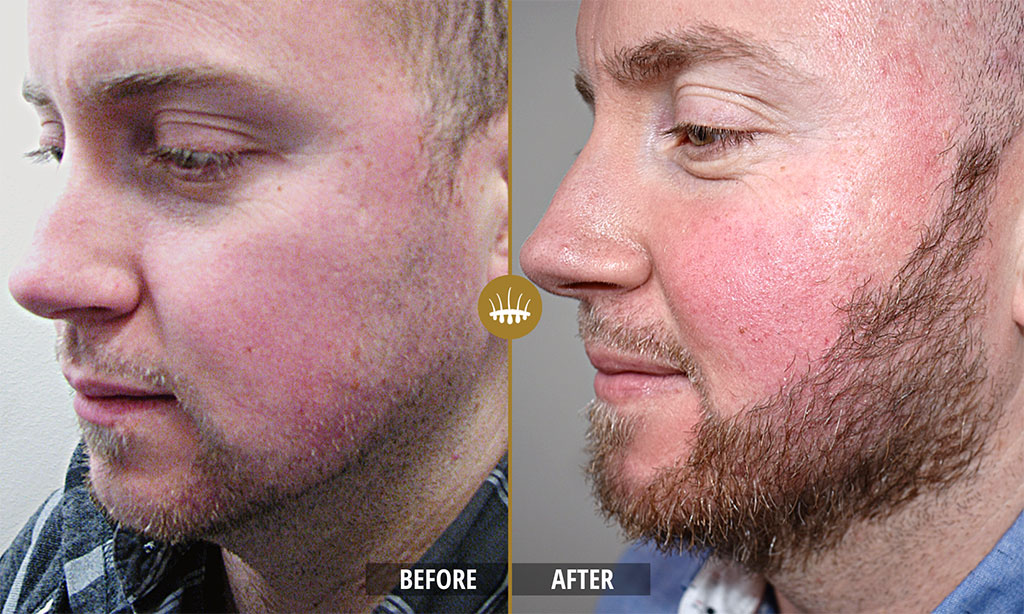
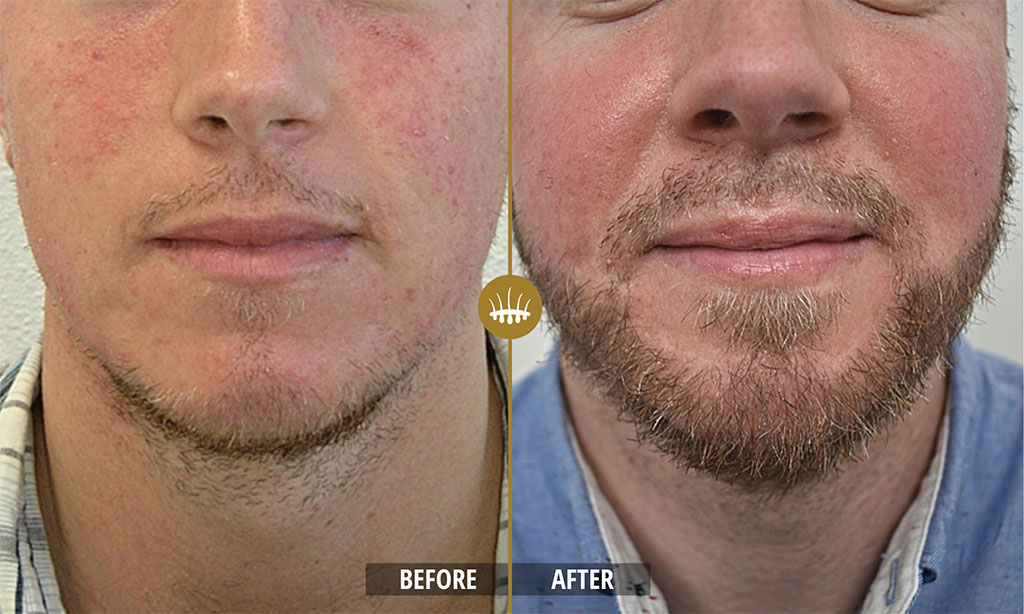
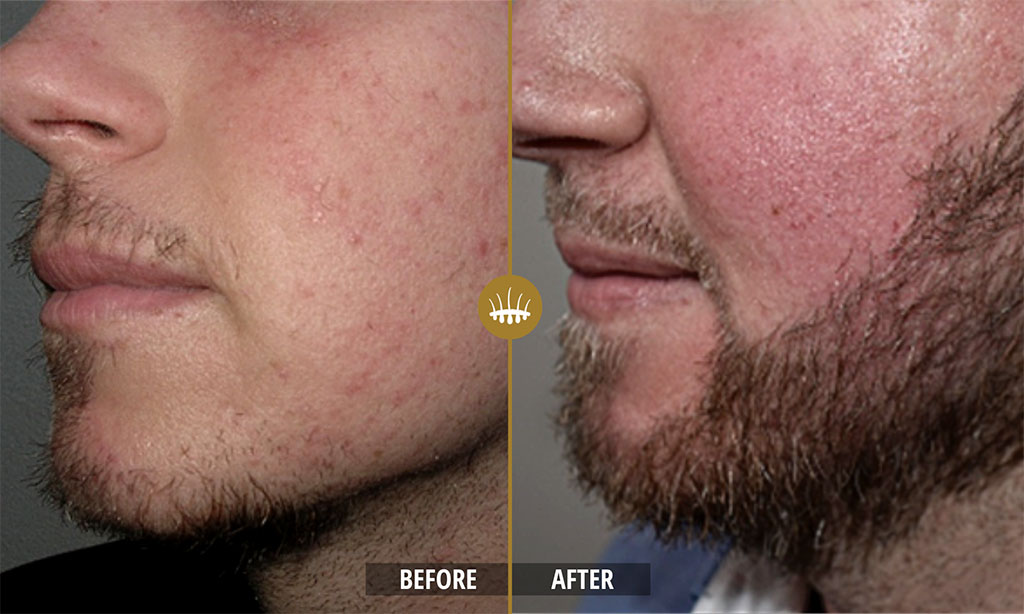
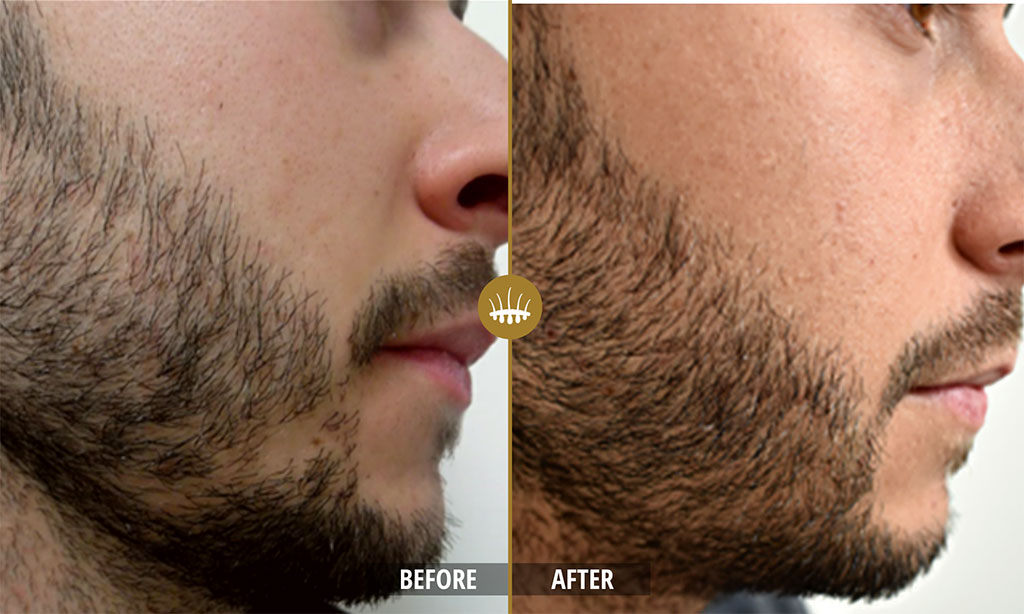
Beard
Male pattern hair loss can also occur on the face. Are you suffering from sparse spots in your beard due to hair loss? Or do you have little beard growth and want a fuller beard and/or moustache? HST beard transplant offers a definitive solution to facial hair problems, even if there are scars or burns. Similar to a regular hair transplant, a beard transplant is performed from a hair donor site. In areas that do not grow hair, hair is implanted.
HAIR LOSS - ALOPECIA PEDIS
Another common hair problem is alopecia pedis. It is an autoimmune condition that often starts with patchy patches on the head that can spread to the rest of the body. A well-known problem in men is patchy patches in the beard, but the condition is also possible to cause complete baldness. This hair disease usually occurs suddenly. Stress often plays a role.
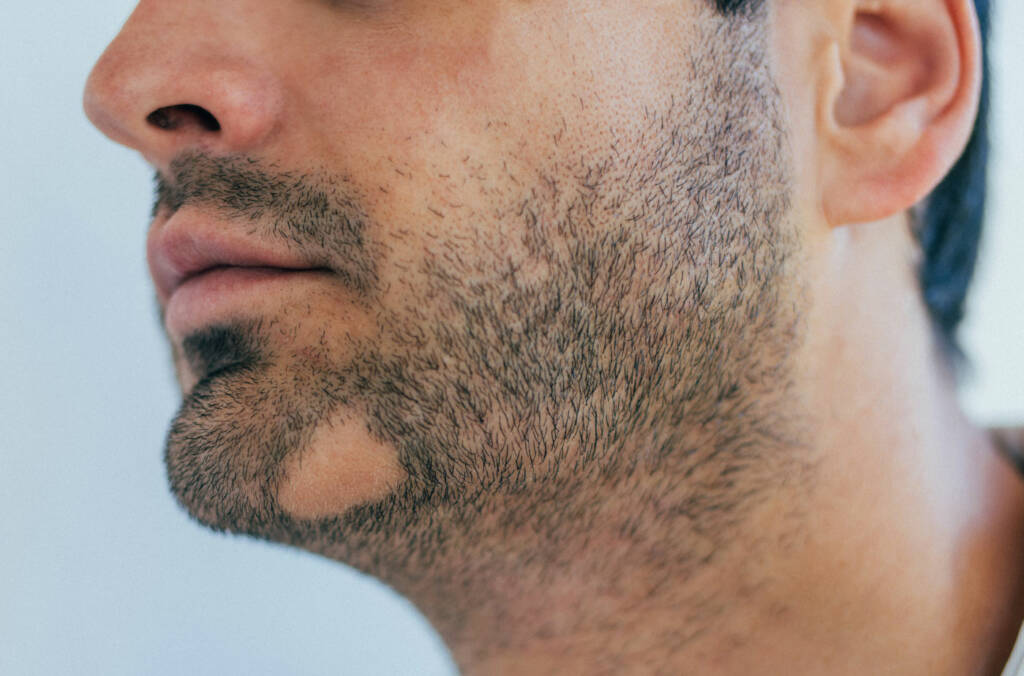
MONITORING THE EFFECTS OF THE TREATMENT
The effect of HST is permanent: the transplanted hairs continue to produce hair for a lifetime. If you experience hair loss in other areas after a previous hair transplant or want additional hair, you are likely to undergo follow-up treatment. Since the donor area is preserved with HST, this is not a problem at all. Reconstructive hair surgery to correct a failed hair transplant that leaves visible scarring or an unnatural hairline, for example, is also possible. Hair Science Clinic specializes in correcting previous (failed) treatments at other clinics.

FREE DIAGNOSIS
A correct diagnosis is important for determining the cause of hair loss and choosing a treatment. During a no-obligation session with one of our dermatologists, we will discuss your personal situation and desires in detail. Together with the dermatologist, you discuss your options and expectations. Based on this, you will receive an individual treatment plan.
You should know
Hair loss is often temporary and if it is structural, it can often be treated. For many forms of baldness, an HST hair transplant offers a solution, with beautiful, natural results.

